what-when-how
In Depth Tutorials and Information
T
H
Figure 6.5
Overall length
the correct size of footwear as it does vary from style to style and from
manufacturer to manufacturer. Essentially, shoe size is only a guide when
it comes to choosing the right it of shoe and the art of getting the it right
is much more than achieving the correct length of shoe.
Measuring overall length
Foot length is measured with the subject standing barefoot and the weight
of the body equally distributed on both feet. The overall length of the foot
(heel to toe) is measured from the back of the heel in the postero-plantar
area [H] to the tip of the longest toe [T] (
Figure 6.5
), remembering that it
may not be the first toe that is the longest. The sizes of the left and right
foot are often slightly different. In order to choose a shoe size, both feet
should be measured and then the shoe size should be chosen based on
the larger foot.
An additional measurement of length, heel to ball (
Figure 6.6
), is very
important in successful shoe fitting. Even if feet are the same length
overall, the heel to ball measurement may vary. This measurement can
be made to the middle of the width measurement but is more often
measured to the first MTP joint. This has major implications for shoe it
and patient comfort. The first MTP joint must it into the widest part of
the shoe, which is designed to flex so that the shoe and foot can flex
together. The practitioner must become proficient at determining the
exact position of the first MTP joint inside the shoe because if it is too far
forward or back, the shoe may appear to it overall but will not be com-
fortable. The patient can be asked to stand on tiptoe and the flex line
checked; or, if the shoe has a removable full-length lining, this can be
used against the foot to check where the flex line occurs. If the MTP joint
























































